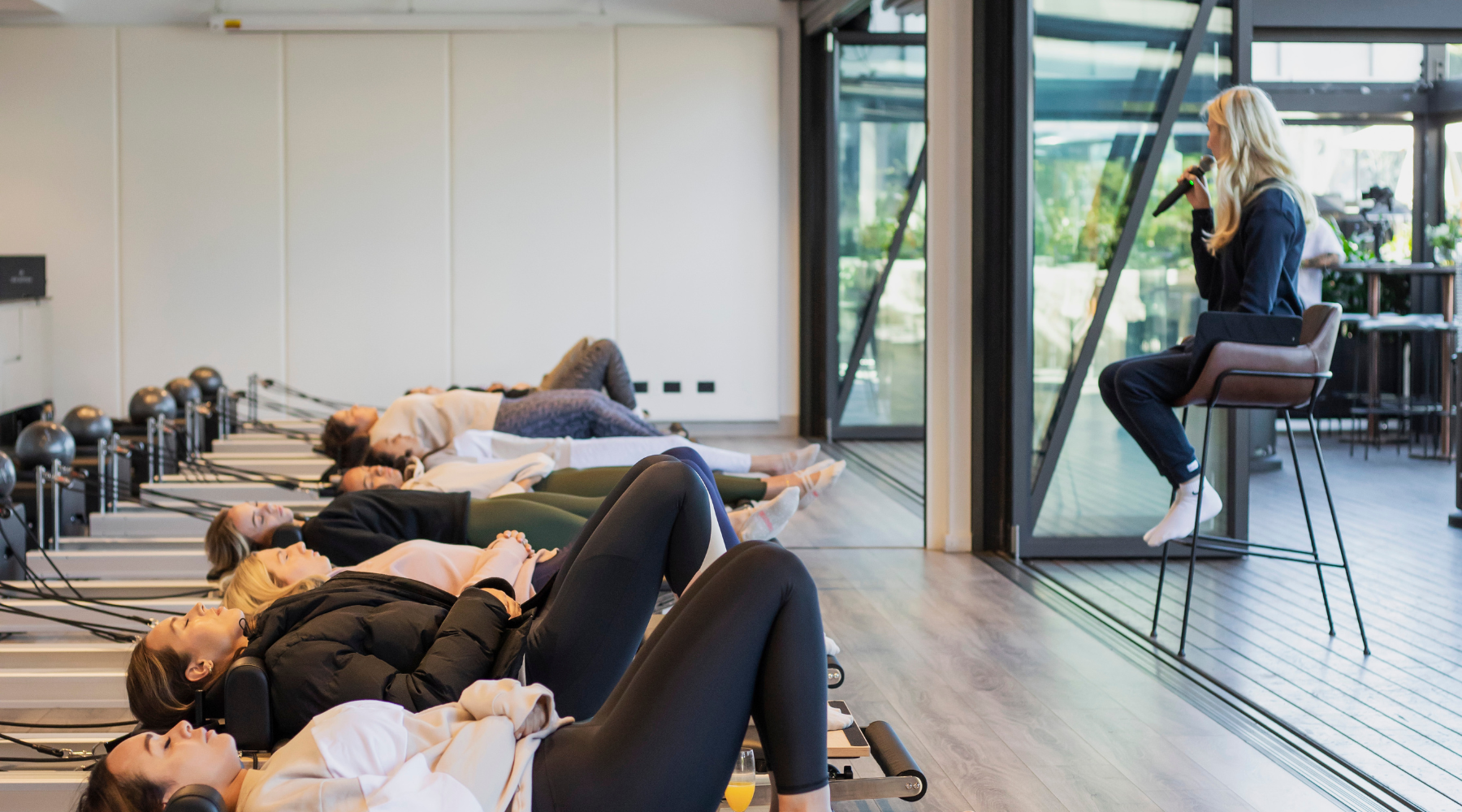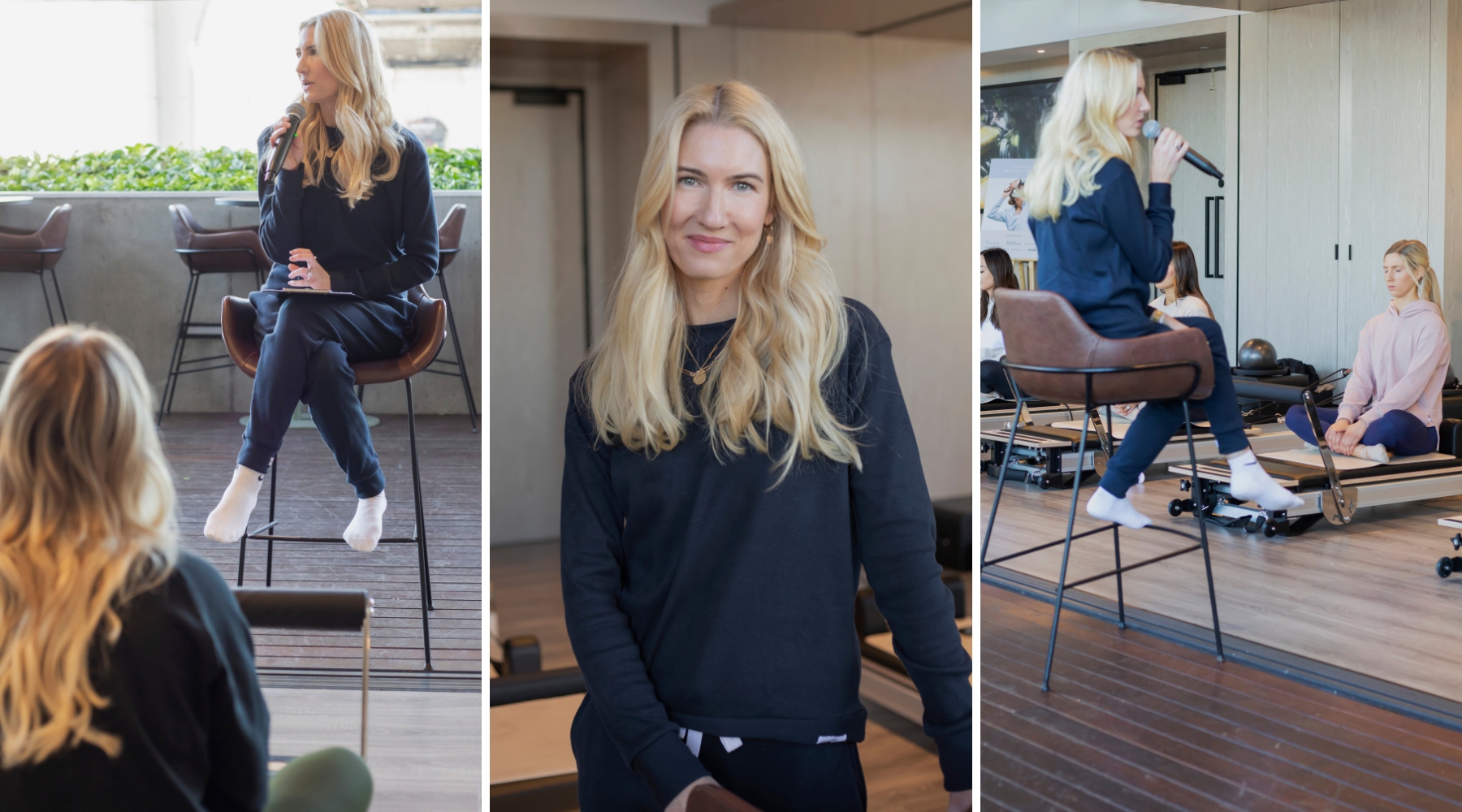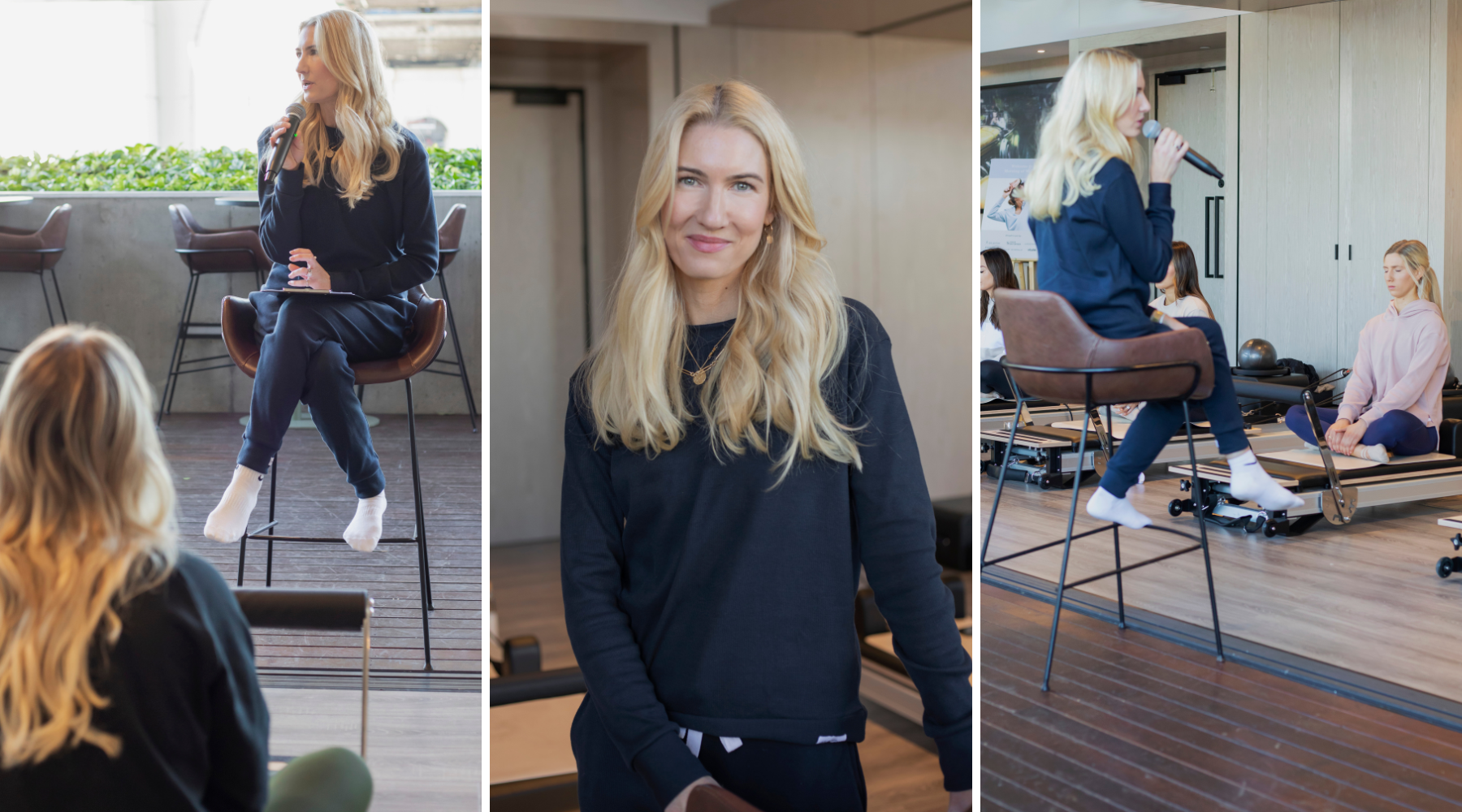
EDITORIAL: A beginner’s guide to meditation
Elise Catchlove is the founder and driving force behind the meditation school, By Catchlove and a close friend of the dk active brand. When most people look to start meditation they are working towards one m ain goal: to reduce stress. The idea of meditation can seem daunting, so Elise has broken it down and explains the different method you can try on your meditation journey.

Perhaps you’re already a meditator, and if you are, I’m so pleased, welcome. Perhaps you’re a complete newbie, and if you are, amazing, welcome. Below is a list of a few simple, easy, self-guided meditation and breathwork practices that you can easily try at home. All of these require very little in the way of “things” and are a wonderful place to begin or add in if you’re already a seasoned meditator.
I myself am a Vedic meditator (and teacher) and when I learnt 7 years ago, it completely changed my life. It truly was the missing piece I never knew I needed until I found myself in a 3-day intensive course, with zero experience and an open heart. When people ask me what the purpose of meditation is, my answer is simple. Meditation should feel like coming home to yourself. It is essentially a “coming home”. It should connect you to your own true nature so that you begin to live your life from your truth, not somebody else’s truth or an “idea” you have about yourself. It should also release the mental burden on the surface level of the mind so that you can think more clearly and build resilience to stress. There are the well-known benefits – less anxiety, overwhelm, stress and agitation and the lesser-known benefits – greater clarity, increased creativity, greater connection to self, all are wonderful and all are a bi-product of being a daily meditator.
Below are a few exercises that you can practice at home as a way to start your meditation journey and then if you would like to dive deeper, please reach out to a teacher who can help you to do this.
Body Scan Meditation
Find a comfortable place to sit or lie down, close your eyes and take a moment to just be still. Gently bring your awareness to your breath. Take 5-10 gentle breathes, easily in through the nose and extending each exhale as you feel your body sinking further into the ground beneath you. Now bring your awareness to your body. Spend a few moments softening and relaxing each part of your body, starting at your feet and moving upwards – feet, ankles, calves, knees, thighs, buttocks, hips, stomach, lower back, chest, upper back, shoulders, neck, jaw, face and head. Now that you have completely softened into the floor beneath you, lay there for as long as feels necessary in this beautiful state of relaxation and connection to your body. Finish with 5 deep breaths and when you’re ready, open your eyes.
Pranayama breathing
The breath is another wonderful way of activating your parasympathetic nervous system (rest/digest) and connecting to your body. Breath is prana, and prana is life force. Pranayama breathing (alternate nostril breathing) is a beautiful practice that can be implemented into your life very easily. 5 minutes of Pranayama twice a day is very powerful and you can find demonstrations on YouTube to learn it easily.
Box Breathing
One of the easiest and most effective breathing techniques to adopt is Box Breathing. It’s great as a both a daily practice (5-10 mins each day) or if you’re feeling triggered or overwhelmed, it can be done right there and then to switch off that sympathetic drive and calm the nervous system down. Simply breathe in for a count of 4, hold for a count of 4, slowly exhale for a count of 4, hold for a count of 4 and repeat.



